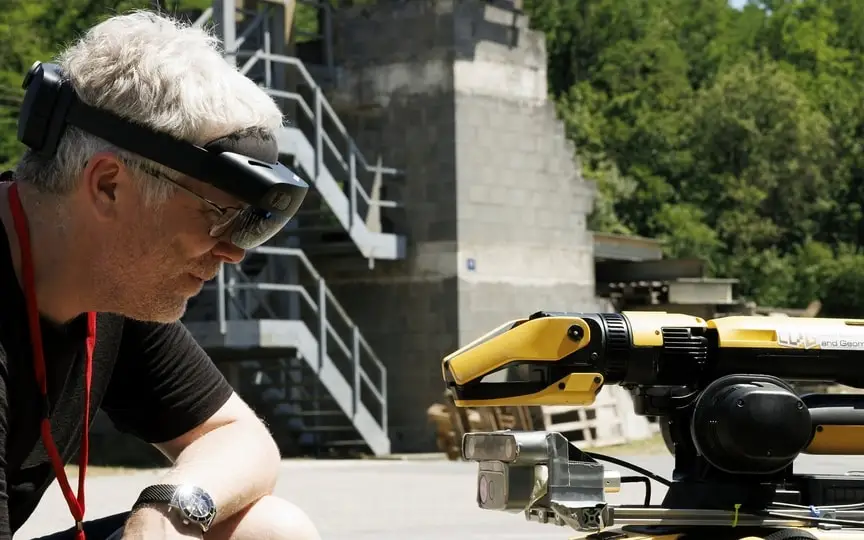US Army Approves Redesigned Microsoft Combat Goggles
In an interview, Assistant Army Secretary Doug Bush stated that Microsoft Corp. has made significant changes to its combat goggles, transforming them from a large helmet to a more streamlined flip-up visor. This alteration aims to enhance the likelihood of soldiers accepting the $22 billion project. Bush expressed concerns about the previous design and the way soldiers wore the goggles, even if the technology itself was functioning effectively.
A new version of the Integrated Visual Augmentation System headset is designed to project battlefield information, including the locations of friendly forces, onto a new visor with a wider and improved field of vision. The small computer that is part of the device was moved to the back of the headphones from the side, from where it was connected with a large cable.
An earlier version was halted last year after some soldiers experienced nausea and dizziness while using it in combat tests. The first of the new prototype IVAS 1.2 visors were used by two solder teams in late August at Fort Drum, New York, to evaluate improvements in reliability, low-light performance and how well they fit without unwanted side effects.
Microsoft will collect up to $21.9 billion over the decade for up to 121,000 devices, parts and support if all options are exercised. The devices are based on Microsoft’s HoloLens “mixed reality” glasses.
Microsoft “moved a lot of people — different leadership came in, different engineers,” Bush said. Those actions “seemed to make a big difference in their output,” he said.
“It’s much closer to something that soldiers want to use if it helps them accomplish their mission,” Bush said. The new system has a “much better night vision camera” and more stable software, he said.
Bush authorized a new $95 million contract on Sept. 5 for an additional 280 systems to further test and assess Microsoft’s ability to produce large quantities. The program faces an operational test in 2025, which could lead to commissioning and large production funding.
Microsoft said in a statement that its ability to deliver significant improvement is part of the rapid change process we have developed for the program.




